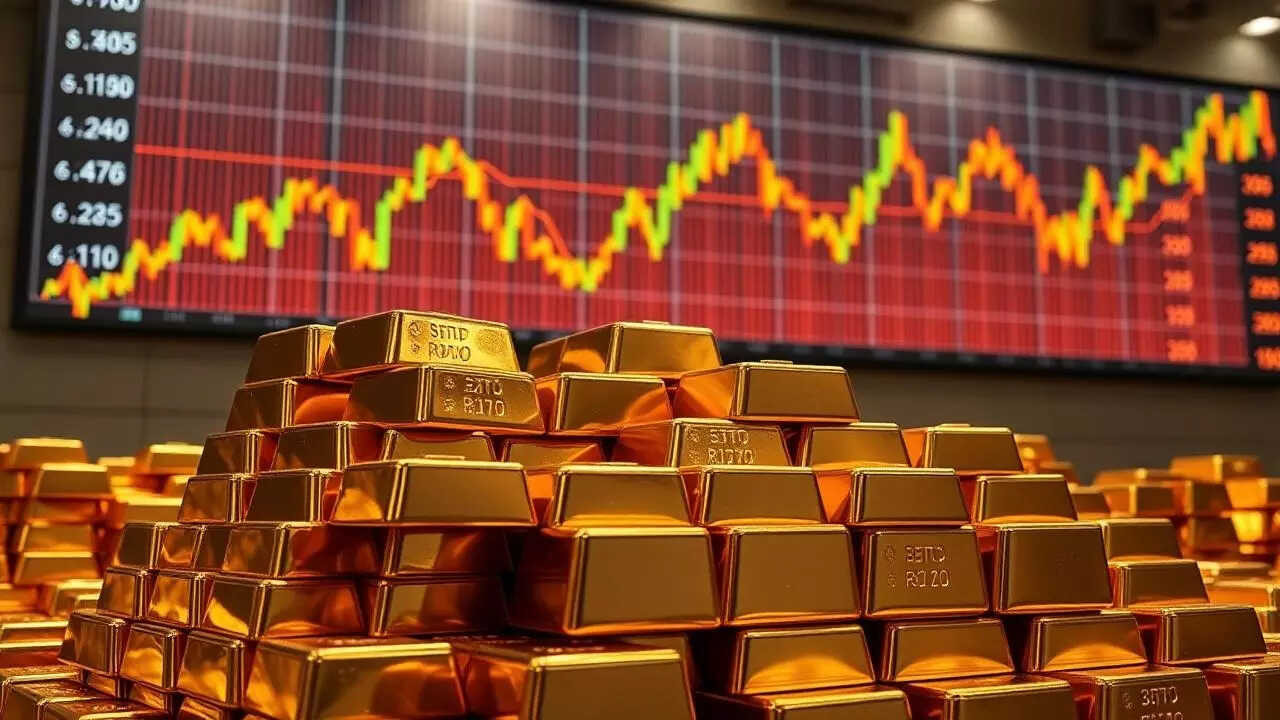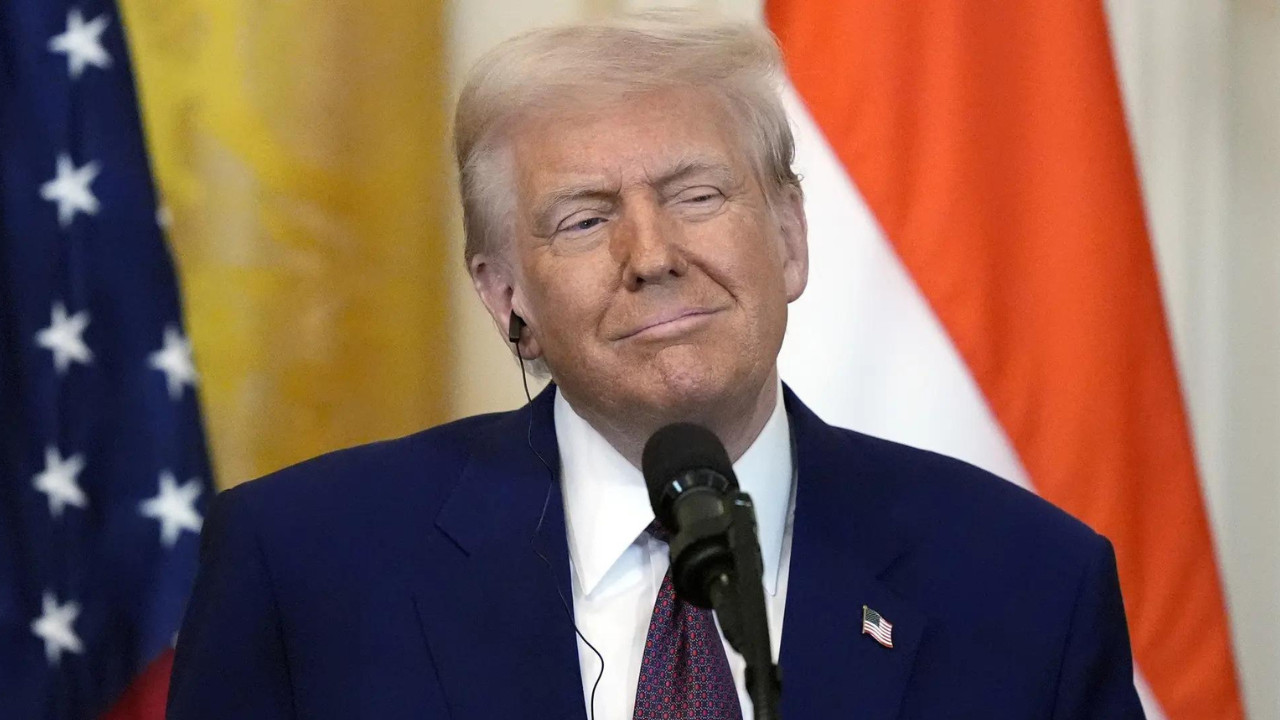Gold price prediction today: The persistent risk of deflation in China’s economy, along with favourable ETF movements and weaker-than-expected US employment data for May, provide support to gold prices. In the short term, however, the precious metal’s direction is likely to be influenced by the current trade negotiations between the United States and China taking place in London.
Gold’s Glittering Future: Can We Decode the Precious Metal’s Next Moves?
Okay, let’s talk gold. That shimmering, yellow metal that’s been captivating humans for millennia. It’s not just jewelry and pirate treasure anymore. In today’s world, gold’s a serious player in the global economy, a hedge against uncertainty, and a fascinating indicator of… well, everything.
Recently, I’ve been diving deep into the future of gold prices, sifting through economic forecasts and geopolitical rumblings to try and get a handle on where things might be headed. Because let’s face it, anyone with even a passing interest in investing, economics, or even just keeping their financial head above water wants to know: is now a good time to buy gold? Is it going to skyrocket? Or is it destined for a slump?
The good news (or maybe the intriguing news, depending on your perspective) is that the picture isn’t entirely clear. Forget crystal balls; economic forecasting feels more like navigating a dense fog with a slightly unreliable compass. However, there are definitely trends and factors at play that are worth paying close attention to.
One thing that keeps popping up is the persistent influence of global economic health. When the world economy coughs, gold tends to reach for the tissues and put on its comforting blanket. This is because in times of economic instability – think recession fears, stock market volatility, or general anxiety about the future – people flock to gold as a safe haven. It’s seen as a store of value, something that will hold its worth even when other assets are plummeting. This “flight to safety” effect can drive up demand, and consequently, the price.
Then, there’s the ever-present shadow of inflation. We’ve all felt the pinch of rising prices lately, and that’s not just a local phenomenon. Globally, inflation is a major concern. Gold is often touted as an inflation hedge. The idea is that as the value of currencies erodes due to inflation, the price of gold will rise to compensate. This makes sense in theory, and historically there’s been a correlation, but it’s not always a perfect one-to-one relationship. Sometimes other factors, like interest rate hikes designed to combat inflation, can actually dampen gold’s appeal in the short term.
Speaking of interest rates, these are another crucial piece of the puzzle. When interest rates rise, bonds and other fixed-income investments become more attractive. Suddenly, gold, which doesn’t generate any yield of its own, looks a little less appealing. Conversely, when interest rates are low, gold shines a bit brighter. It’s all about relative attractiveness.
Geopolitics, too, throws its weight around. Wars, political instability, and international trade tensions can all create uncertainty and fuel demand for gold. Think of it as a kind of insurance policy against global chaos. The more turbulent the world feels, the more attractive that insurance policy becomes.
Okay, so we’ve got the major players: economic health, inflation, interest rates, and geopolitics. How do they all add up for the near future?
While there’s no definitive answer, a few potential scenarios seem more plausible than others. We might see a gradual increase in gold prices, fueled by ongoing economic uncertainties and persistent inflation concerns. This would be a steady climb, not necessarily a dramatic surge, but a solid upward trend.
Alternatively, if central banks successfully manage to tame inflation and the global economy shows signs of robust recovery, we could see a period of consolidation, where gold prices remain relatively stable or even experience a slight dip. This wouldn’t necessarily be a bad thing for long-term investors, as it could present an opportunity to buy in at a more attractive price.
The truth is, predicting the future price of gold with absolute certainty is impossible. The market is far too complex and influenced by too many unpredictable factors. However, by understanding the key drivers and keeping a close eye on global events, you can make informed decisions about whether or not to include gold in your investment portfolio.
My advice? Don’t treat gold as a get-rich-quick scheme. Think of it as a long-term strategic asset, a way to diversify your portfolio and protect yourself against economic storms. Do your own research, consult with a financial advisor, and remember that past performance is never a guarantee of future results.
And, perhaps most importantly, don’t get caught up in the hype. Gold has a timeless appeal, but it’s not a magic bullet. Approach it with a balanced perspective, a healthy dose of skepticism, and a clear understanding of your own financial goals. Because, ultimately, the best investment decisions are the ones that are right for you.
📬 Stay informed — follow us for more insightful updates!







